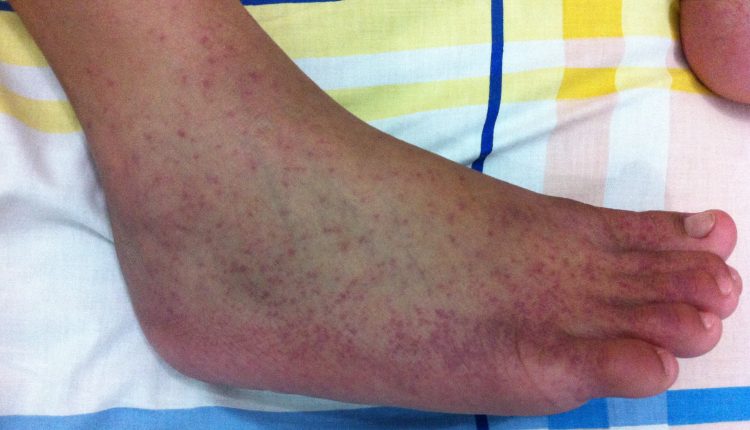
Chikungunya: the disease caused by bites from infected mosquitoes
Chikungunya (CHIK) is an acute viral disease characterised by high fever and transmitted by the bite of infected mosquitoes
The term chikungunya means ‘that which bends’ or ‘twists’
It was used because of the joint limitations due to the severe arthralgias that characterise the disease.
The aetiological agent is the chikungunya virus, of the togaviridae family, genus alphavirus.
It is transmitted by mosquitoes of the genus Aedes, such as Aedes aegypti (the same one that transmits yellow fever and dengue) and is mainly present in rural areas.
Another important vector is Aedes albopictus, commonly called the tiger mosquito, which is also present in population centres in our country.
The virus is mainly found in Africa, on islands in the Indian Ocean and in South East Asia, as far as the Philippines and Indonesia.
The first known chikungunya epidemic was described in 1952 in Tanzania
Since the 1950s, several epidemics have occurred in Asia and Africa. In Europe, the first cases were reported in Emilia Romagna in August 2007.
Symptoms of chikungunya
In the first phase, which lasts 6 to 10 days, chikungunya manifests itself with flu-like symptoms that include high fever, chills, headache, nausea, vomiting and above all arthralgias, joint pains so severe that they restrict patients’ movements.
The second phase – lasting 2 or 3 days – is characterised by the appearance of an itchy maculopapular rash over the whole body and the reappearance of fever. The incubation period lasts 3-12 days.
Development and complications
The fever resolves spontaneously, usually within a few days, but joint pain may persist for months.
More serious complications are rare and may be haemorrhagic (but not as severe as in dengue: petechiae may appear, but never major bleeding) or neurological, especially in children.
Rarely, myocarditis and acute heart failure may occur.
In very rare cases, chikungunya can be fatal (0.4% of cases), but mortality increases in children under one year of age (2.8%) and in elderly individuals with other diseases.
Therapy and prevention
Treatment of the disease is symptomatic and based on controlling fever and arthralgias.
Prevention consists primarily of preventing or minimising mosquito bites.
Here are some general precautions for those travelling to areas:
- Protect yourself with nets at the windows or mosquito nets in the rooms where you stay (preferably impregnated with insecticide) even though some mosquito vectors are not only active in the dark, in the evening hours, but also during the day;
- prefer light-coloured clothes that do not leave parts of the body uncovered (long-sleeved shirts, long trousers, etc.), as dark colours attract mosquitoes
- use room insecticides and repellents on uncovered parts of the body.
Read Also:
Emergency Live Even More…Live: Download The New Free App Of Your Newspaper For IOS And Android
What Is West Nile Virus And What Are The Symptoms Of Infection
Wasps, Bees, Horseflies And Jellyfish: What To Do In The Event Of A Sting Or Bite?
First Malaria Vaccine Approved By WHO
Malaria, High Hopes From Burkinabe Vaccine: Efficacy In 77% Of Cases After Tests
Emergency Extreme: Fighting Malaria Outbreaks With Drones
India, Dengue Epidemic: 67 People Dead In Uttar Pradesh
Malaria: Transmission, Symptoms And Treatment
Dengue Fever: Symptoms, Contagion And Treatment



